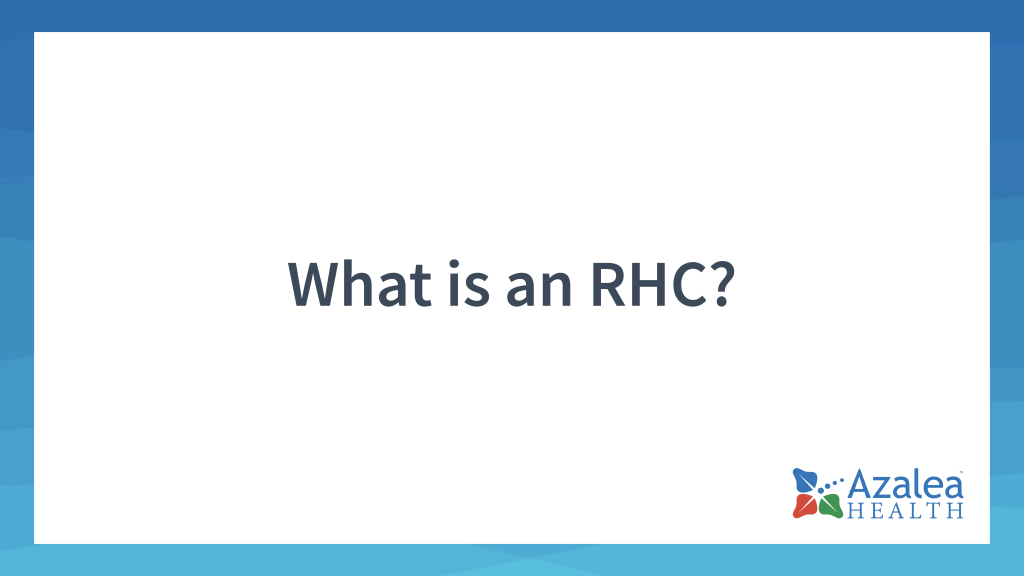RHC Webinar Series: What is an RHC?
What is an RHC?
“What exactly is an RHC (Rural Health Clinic)?”
An RHC, or Rural Health Clinic, is essentially a dynamic outpatient healthcare facility that is built to meet specific regulatory criteria imposed by CMS and state legislation. Its principal goal is to provide basic healthcare services to underserved populations in rural areas.
The designation was established in 1977, with the passage of the Rural Health Clinic Services Act. This landmark legislation was drafted in response to the critical healthcare crisis in rural America. Its primary goal was to improve healthcare in underprivileged areas by introducing a cadre of healthcare providers such as nurse practitioners, physician assistants, and mid-level providers. These dedicated professionals play critical roles in providing high-quality primary care services to areas with limited access to medical facilities.
The United States currently has a network of over 5,200 RHCs (source: Rural Health Information Hub), and this figure is growing. The Centers for Medicare and Medicaid Services (CMS), which supervises regulatory compliance and certifications, is in charge of overseeing and administering this crucial program. Many people living in underserved areas would be without reasonable access to primary healthcare if Rural Health Clinics did not exist.”
Want to learn more?
Watch the full webinar on if you should become a rural health clinic. Learn more about what Azalea does for rural health on our website.
Video Transcript
6:56
Let’s talk a little bit about the background of an RHC.
7:00
We know that the Rural Health Clinic Services Act was developed in 19 77. That act was actually created to help with the health care shortage and the rural America. It was physicians were very sure.
7:16
It brought on board, at that time, an increase and the health care providers, such as nurse practitioners, mid, and any mid-level provider, actually physician’s assistant and so forth.
7:30
They were all bought into help with that shortage and to be able to combat the shortage there in order to take care of our people in rural America.
7:42
The actual program is governed and run by the center of Medicare and Medicaid.
7:49
They do the administration, and they manage the regulations of that process.
7:56
Currently, we have over 4000 plus RHCS and the area.
8:01
They are growing Gayla, I know that you see them coming a round in your area, and they’re moving a lot.
8:11
one of the purposes that we wanted to bring rural health clinics to the rural America was to improve the quality of access and quality and access of primary care services.
8:23
Many of the underserved communities ran into difficulties and problems as I don’t have public transportation to be able to move them to and from physician’s appointments into the larger cities. They depend on there.
8:39
children to take them to appointments, and as we know, it’s not always easy to leave work to take mom or dad to an appointment.
8:47
So, this was available today, am with the Rural Health Services, plus, it was great as far as being able to just walk in and get services when they need it. Because oftentimes, folks don’t think ahead of time to make appointments, or they’re not sick at that, and the day before they’re sick the day of need an appointment. So it gives them a place to go.
9:12
It promotes a collaborative model, which I think is very good between the health care delivery system, both with physicians and non physician providers.
9:22
And now, we’re finding even more that it’s working within the community, among the nursing home patients, the home health agencies.
9:31
And everyone is getting involved to make them more unique method of care, for all of our patients, out in that area. It’s a total balanced care for them.

